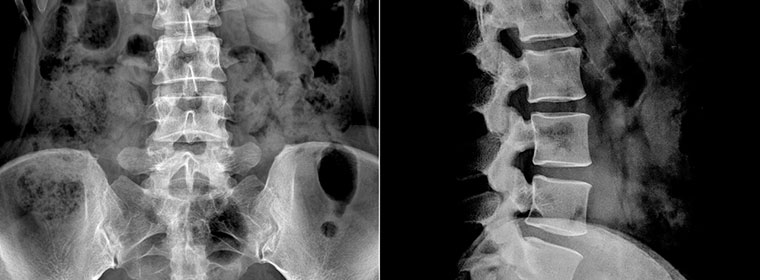Thoracic Herniated Discs

Thoracic herniated discs and medical negligence
In one case handled by The Schlachter Law Firm, a woman presented with a large, calcified T 8-9 herniated disc just off the midline. The disc compressed the spinal cord and the patient was developing leg weakness consistent with what is known as myelopathy.
The spine surgeon failed to recognize that the herniated disc was calcified and in a position that made it difficult to safely approach the removal of the disc from the back or the side. The only safe approach was to remove this disc through the frontal lateral approach, that is, through the chest. In this case, this surgeon made a very bad choice, exposing the patient to increased risk of spinal cord injury when he elected to use a posterior partially lateral angle to decompress the spinal cord. He did in fact injure the spinal cord when it was avoidable. What is interesting in this case was that the doctor’s expert witness testified contrary to what is in the medical literature about this condition.
Daubert Challenge
This raises the question of what are we to do with expert testimony that just isn’t true. Is the expert intentionally trying to mislead the jury to protect a colleague? My opinion is unfortunately in the affirmative. What do we do in this adversarial medical negligence process in situations where the testimony that informs the jury as to the standard of care is misrepresented?
One option is a Daubert challenge, in which the fundamental basis of the expert’s opinion is challenged by a motion to exclude the testimony. Judges are placed in the difficult position of having to make these decisions when they are not themselves an expert in the field, so they usually deny these motions and allow the jury to decide.
In this case, this woman was partially paralyzed from a spinal cord injury caused by the surgeon. Our legal case was based on the premise that the injury could have been avoided with reasonable care.

